Istanbul’s Byzantine Walls and the Golden Gate
Table of Contents
Introduction
Explore the rich history of Istanbul's ancient fortifications, from the imposing Byzantine Walls to the strategically significant Golden Gate. Discover how these historic defenses shaped the city and learn the best ways to experience these monumental landmarks on your visit.

1. What Were the Byzantine Walls of Istanbul?
1.1. The Byzantine Walls of Istanbul
The Byzantine Walls of Istanbul, often referred to as the city walls of Constantinople, were an extraordinary feat of ancient military engineering and urban planning. Constructed over several centuries, these fortifications were designed to protect the city from a variety of threats. The most renowned section, the Theodosian Walls, was built under Emperor Theodosius II between 413 and 439 AD. This formidable double-wall system stretched over 22 kilometers, encircling the city with a complex network of defensive features.
1.2. Design and Construction
The walls were constructed from massive limestone blocks and were designed to withstand both siege engines and battering rams. The outer wall, which stood up to 8 meters high, was reinforced with a series of towers and bastions, while the inner wall, rising up to 12 meters, served as a secondary defense line. A wide and deep moat, often filled with water, separated these walls, creating a significant barrier for attackers.
The walls’ design incorporated advanced military strategies of the time, including battlements for archers and a system of gates that controlled access to the city. These fortifications were not only a testament to Byzantine architectural prowess but also a crucial element in the city’s ability to withstand numerous invasions, including those by the Huns, Arabs, and Crusaders.

2. How Did the Walls of Constantinople Shape Ancient Istanbul?
2.1. Influence on City Development
The Walls of Constantinople were instrumental in shaping the development and identity of ancient Istanbul. By establishing clear and formidable boundaries, the walls influenced not only the city’s physical layout but also its economic, social, and political dynamics. The protection offered by the walls allowed Constantinople to become a thriving metropolis, attracting merchants, diplomats, and scholars from across the Byzantine Empire and beyond.
2.2. Strategic Location and Growth
Strategically located on the crossroads of Europe and Asia, the city benefited from its fortified status, which facilitated control over vital trade routes and military movements. The walls enabled Constantinople to maintain its position as a major hub of commerce and culture, contributing to its reputation as a beacon of Byzantine civilization.
The city's growth and development were closely tied to the walls’ ability to offer security and stability. The presence of the walls allowed for the establishment of a complex urban infrastructure, including markets, religious institutions, and residential areas. The walls also played a role in the city’s administrative functions, with key gates serving as points of control and regulation for goods and people entering and leaving the city.
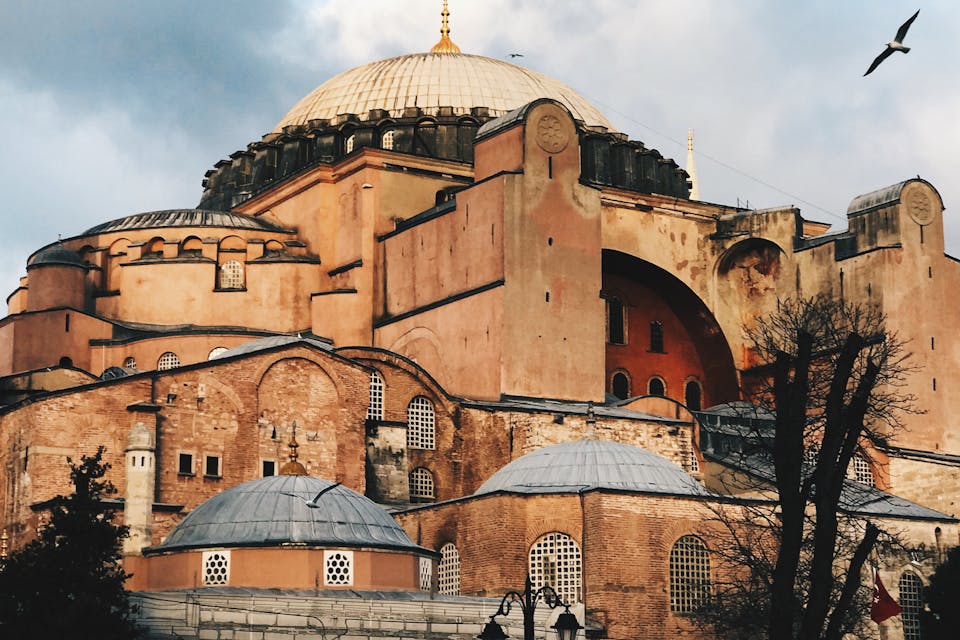
3. What Are the Theodosian Walls and Their Significance in Istanbul?
3.1. Overview of the Theodosian Walls
The Theodosian Walls are among the most celebrated and formidable fortifications of the Byzantine Empire. Built between 413 and 439 AD under Emperor Theodosius II, these walls were designed to provide the city with an impregnable defense against both land and sea attacks.
3.2. Design and Function
The Theodosian Walls featured an innovative double-wall design, consisting of an outer wall and a higher inner wall, separated by a deep and wide moat. This layered defense system created a formidable obstacle for any attacking force. The outer wall, standing around 8 meters high, was equipped with numerous towers and bastions, while the inner wall, rising up to 12 meters, served as a secondary line of defense.
3.3. Historical Significance
The walls’ strategic placement and construction were crucial in repelling various sieges, including those by the Huns in the 5th century and the Crusaders in the 13th century. The Theodosian Walls played a vital role in maintaining the city’s security and stability, allowing Constantinople to thrive as a major center of power and culture in the Byzantine Empire.
The significance of the Theodosian Walls extends beyond their military function; they symbolize the grandeur and sophistication of Byzantine engineering. The walls were a testament to the empire’s ability to protect and preserve its capital, ensuring its continued prominence for centuries.
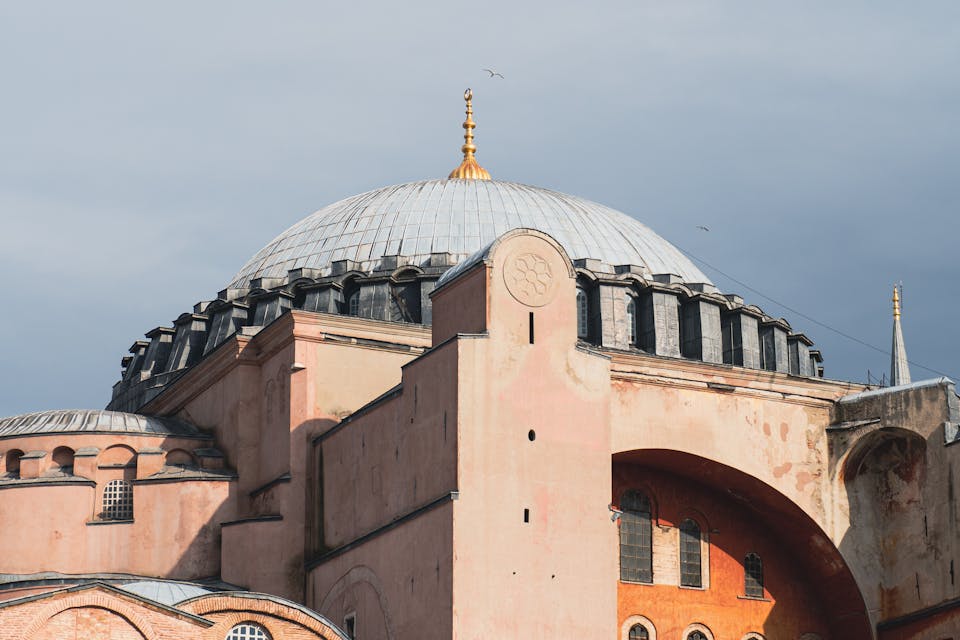
4. What Made the City Walls of Istanbul Unique?
4.1. Unique Features
The City Walls of Istanbul are unique due to their impressive scale, intricate design, and historical significance. Unlike many ancient city fortifications, the walls of Istanbul incorporated a multi-layered defense system that combined both land and sea defenses. The walls featured a robust double-wall structure with a wide moat, creating a formidable barrier against invaders.
4.2. Construction and Design
The outer wall was reinforced with numerous towers and bastions, strategically placed to provide both defensive coverage and vantage points for surveillance. The inner wall, standing taller and providing additional protection, was designed to act as a last line of defense if the outer wall was breached.
One of the most distinctive features of the walls was their construction material and techniques. Built from massive limestone blocks, the walls were designed to endure the effects of time and warfare. The inclusion of retractable drawbridges and fortified gates, such as the Golden Gate, added to the walls’ uniqueness, allowing for controlled access and enhancing their defensive capabilities.
The walls also played a significant role in the city’s administrative and ceremonial functions. Key gates served as focal points for major processions and state functions, reflecting the city’s importance as a center of power and culture.
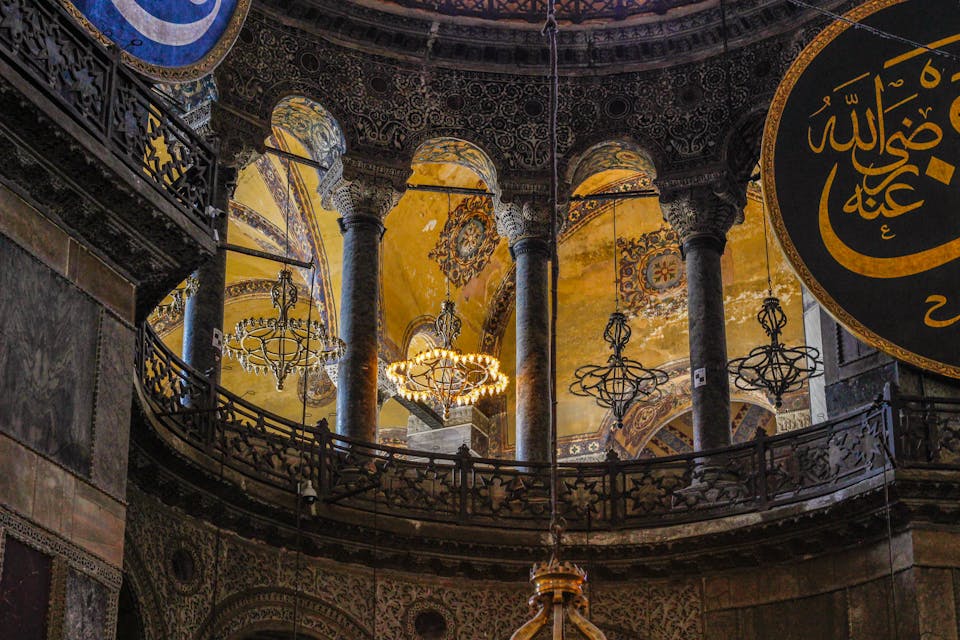
5. How Did the Theodosian Wall Contribute to Constantinople’s Defense?
5.1. Defense Strategy
The Theodosian Wall was a crucial element in Constantinople’s defense strategy, designed to protect the city from a range of threats. Its elaborate double-wall system, featuring an outer and inner wall separated by a wide moat, created a highly effective defensive barrier.
5.2. Features and Effectiveness
The outer wall, standing approximately 8 meters high, was equipped with a network of towers and bastions, providing defensive positions for archers and soldiers. The inner wall, rising up to 12 meters, acted as a secondary line of defense, ensuring that any breach of the outer wall would still leave the city protected.
The moat between the walls served as a significant obstacle, hindering attackers’ ability to breach the defenses. The walls’ design allowed for effective surveillance and control, enabling defenders to mount a coordinated resistance against invading forces.
The Theodosian Wall’s contribution to Constantinople’s defense was evident in its ability to withstand numerous sieges over the centuries. The walls played a critical role in repelling invasions by various forces, including the Huns, Arabs, and Crusaders, and maintaining the city’s status as a major center of power and culture in the Byzantine Empire.
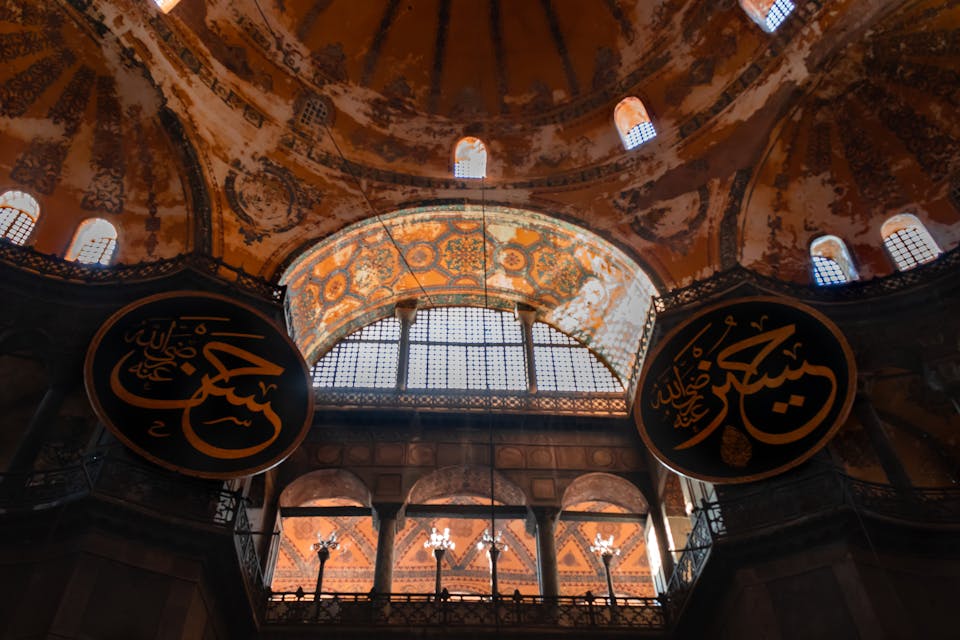
6. What Are the Key Features of the Byzantine City Walls in Istanbul?
6.1. Distinctive Features
The Byzantine City Walls of Istanbul are characterized by several key features that highlight their advanced engineering and strategic design:
-
Double Wall System: The walls consisted of an outer and inner wall, with the outer wall standing up to 8 meters high and the inner wall reaching up to 12 meters. This layered defense system provided multiple levels of protection.
-
Moats and Ditches: A wide and deep moat separated the two walls, creating a significant barrier that hindered attackers’ progress and enhanced the walls’ defensive capabilities.
-
Towers and Bastions: The walls were equipped with numerous towers and bastions, strategically placed at regular intervals to provide defensive coverage and vantage points for monitoring and repelling attacks.
-
Gates: The walls included several key gates, such as the Golden Gate and the Edirne Gate, which served as both ceremonial entrances and defensive checkpoints. These gates were fortified and designed to control access to the city.
-
Stone Construction: The walls were built using massive limestone blocks, ensuring durability and resistance to siege weapons. The construction techniques employed were advanced for their time, reflecting the sophistication of Byzantine engineering.

7. What Are the Best Spots to Visit Along the Walls of Constantinople?
7.1. Notable Sites
Several notable spots along the Walls of Constantinople offer rich historical experiences:
-
The Golden Gate: This ceremonial entrance was a major gateway for imperial processions and state events. It remains one of the most iconic and well-preserved features of the ancient walls.
-
The Tower of Blachernae: Situated in the Blachernae district, this tower offers insights into the city’s defensive architecture and provides stunning panoramic views of the surrounding area.
-
The Land Walls: This well-preserved section stretches from the Golden Gate to the Sea of Marmara, offering visitors the opportunity to walk along the ancient fortifications and experience their grandeur firsthand.
-
The Yedikule Fortress: Also known as the Fortress of the Seven Towers, this historic site features a museum and provides valuable insights into the city’s defensive history. The fortress is a highlight for visitors interested in Byzantine military architecture.
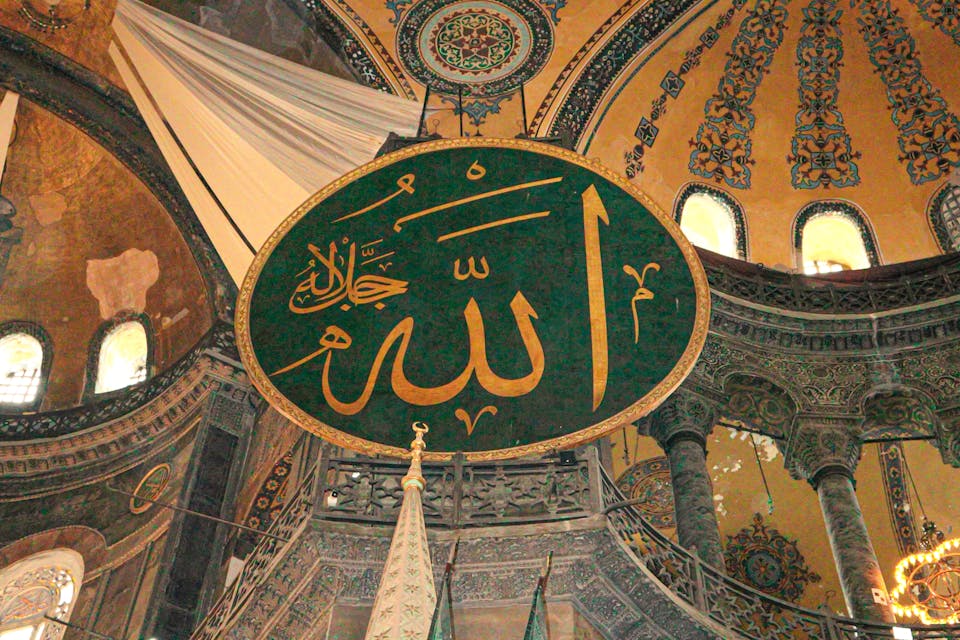
8. How Can You Explore the Byzantine Walls on Your Trip to Istanbul?
8.1. Exploration Tips
Exploring the Byzantine Walls can be a rewarding experience during your visit to Istanbul:
-
Walking Tours: Several sections of the walls are accessible for walking, allowing you to explore their historical and architectural features up close. Guided walking tours can provide additional context and insights.
-
Historical Sites: Key landmarks such as the Golden Gate and Yedikule Fortress offer opportunities to delve into the walls’ history and significance. These sites often feature informative exhibits and knowledgeable guides.
-
Guided Tours: Consider joining guided tours that focus specifically on the walls of Constantinople. These tours can offer detailed explanations, historical context, and access to areas not typically available to independent visitors.
-
Maps and Apps: Utilize historical maps and modern mobile apps to navigate the walls and learn about their various sections. Many apps provide detailed information and multimedia content to enhance your exploration.
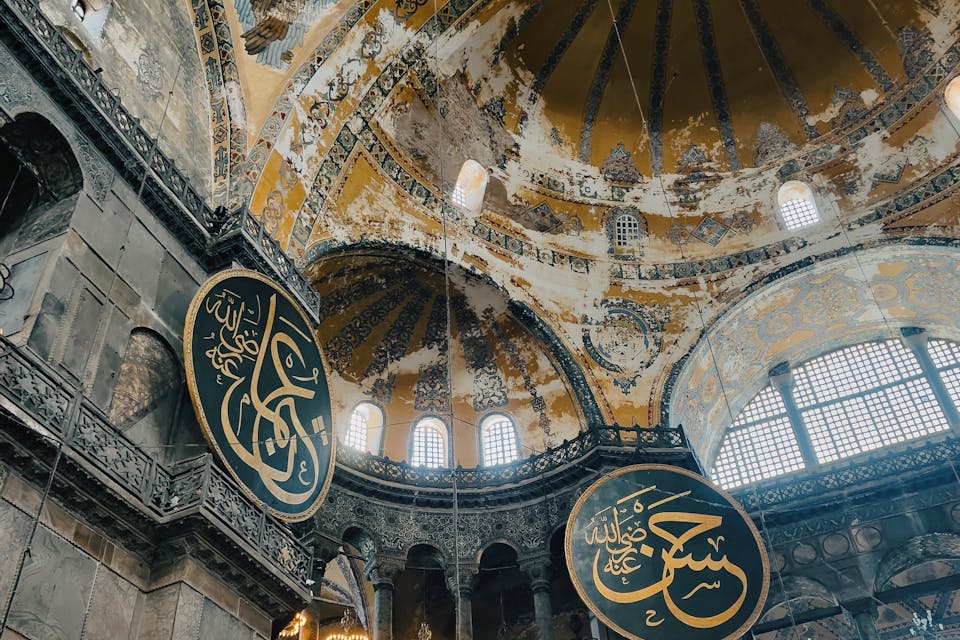
9. What Is the Historical Importance of the Golden Gate in Istanbul?
9.1. Significance of the Golden Gate
The Golden Gate (Kapı) is one of the most historically significant remnants of Constantinople’s fortifications. Constructed in the 5th century under Emperor Theodosius II, the Golden Gate was not only a principal entrance to the city but also a symbol of Byzantine imperial power and grandeur.
9.2. Ceremonial and Defensive Role
Adorned with elaborate sculptures and inscriptions, the gate was used for major state ceremonies, including imperial processions and religious events. Its ornate design and strategic location made it a focal point for both ceremonial and defensive purposes. The Golden Gate’s role in the city’s defense system included controlling access and providing a fortified checkpoint.
9.3. Legacy
Today, the Golden Gate stands as a lasting testament to Constantinople’s historical and cultural heritage. It reflects the city’s importance as a major center of power in the Byzantine Empire and remains a significant symbol of its architectural and historical legacy.